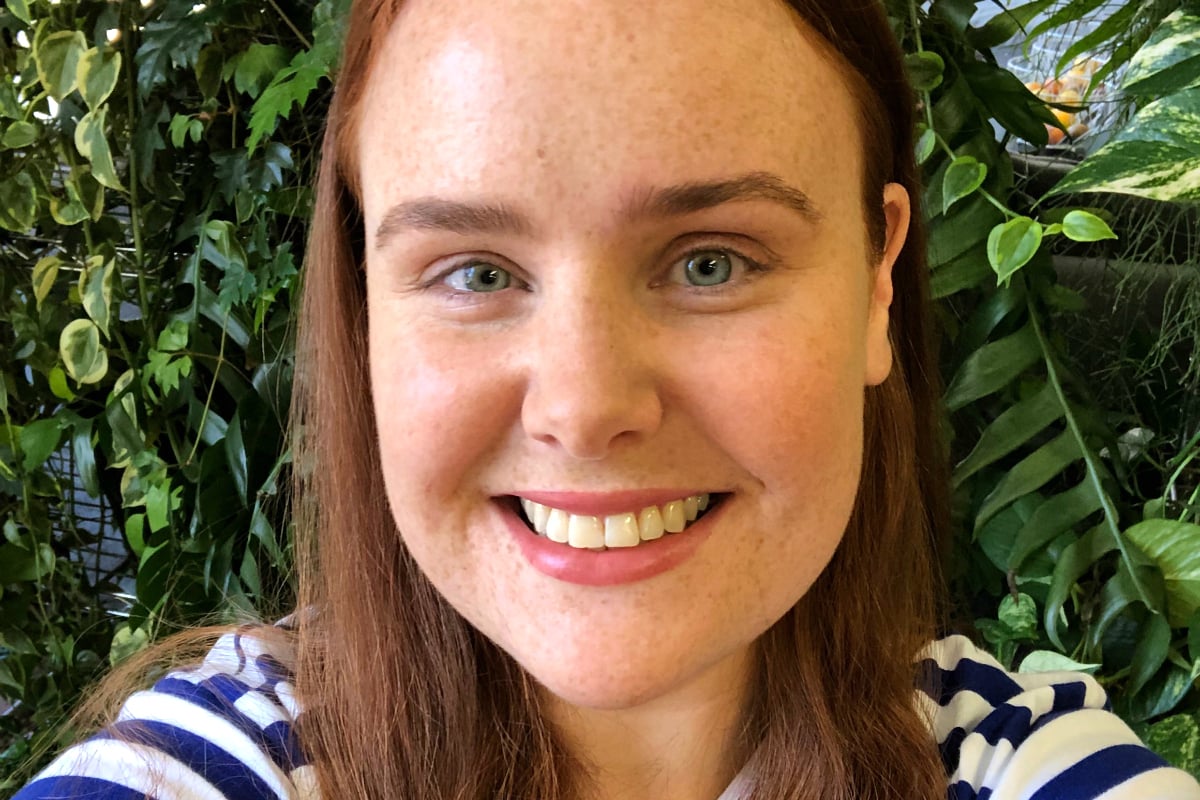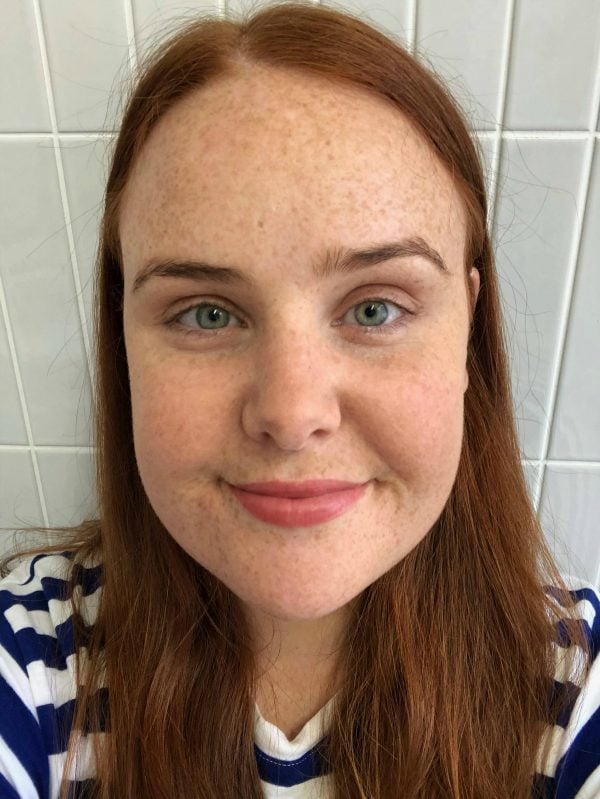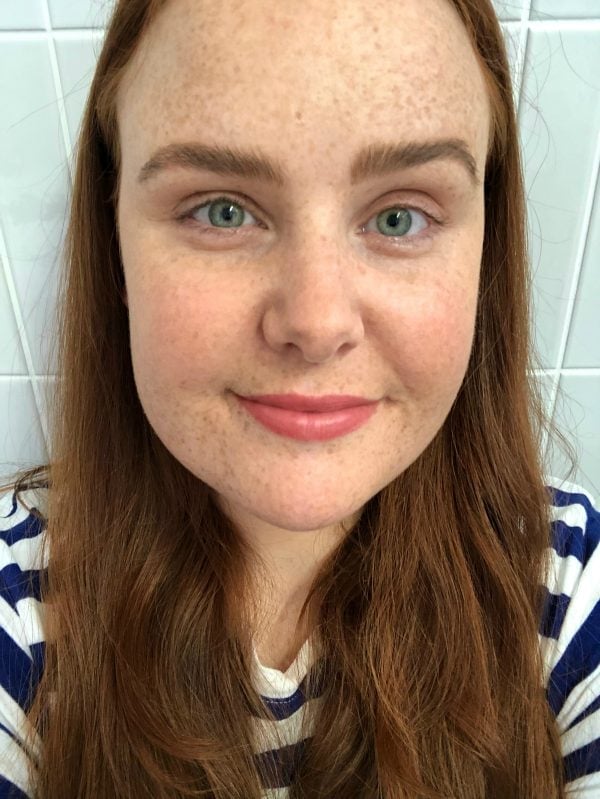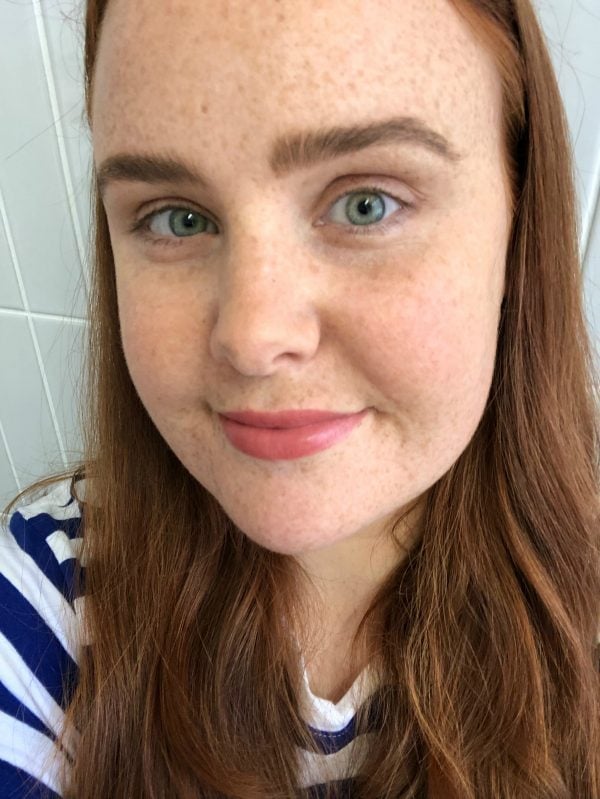
Hands up if you’re a tad confused about how you’re meant to be doing your eyebrows? Thought so.
Don’t worry, it’s not you.
In the last few years, the eyebrow cosmetics category has exploded and it’s only continuing to grow. Where we used to have an eyebrow pencil, and maybe some clear mascara, we can now choose from eyebrow pencils, eyebrow crayons, brow pomade, brow gel, tinted brow gels, brow mascaras, eyebrow powder, eyebrow primer and eyebrow serums. It’s a lot.
Put simply, more products = more confusion = more money spent on products you never use.
Our resident makeup artist Nat put together this handy Brow 101 tutorial to get you on the right path, post continues after video.
According to Benefit Cosmetic’s National Survey, 76 per cent of us reach for an eyebrow pencil to put our brows on every morning. I’m one of those people, too. I use eyebrow pencil most days to make my brows look natural and full. Only, I didn’t know the way I was applying my eyebrow pencil was doing… the exact opposite.
The thing about eyebrow product is once it’s on, it’s really hard to go back without starting from scratch. Much like your subtle cat eye eyeliner that accidentally turns into a very dramatic wing when you unintentionally apply too much product, natural brows can quickly become dark caterpillars if you’re not careful.




Top Comments
Not meaning to sound unkind, but you look perfectly fine without doing anything to your eyebrows! People are going to look back at this current craze for overly teased and defined eyebrows and shudder in about a decade from now.
I agree. Your natural eyebrow shape is lovely and highlights your eyes. In the ‘after’ pics your eyebrows are overwhelming your face rather that framing your eyes.